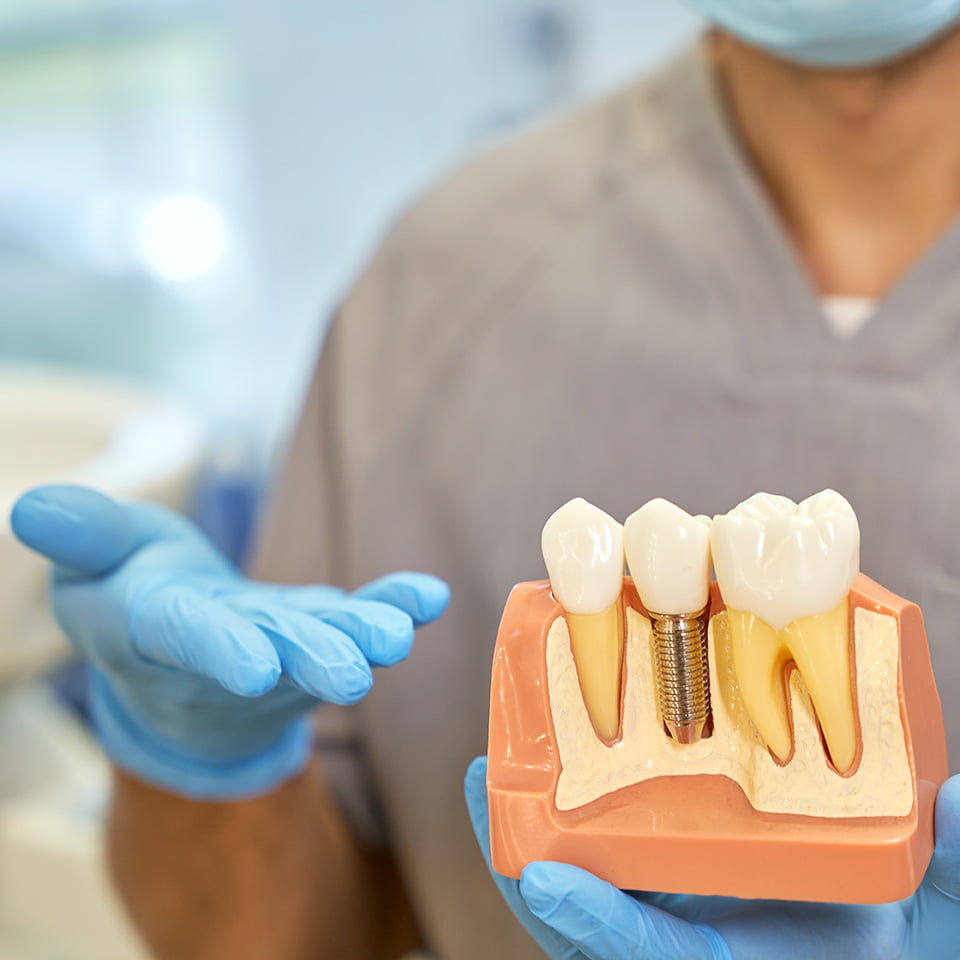
How to Care for Your Dental Implants
Dental implants have revolutionized the world of dentistry, offering a long-term solution for missing or

Listen or Read Dr. Igor Kaplansky’s Podcast Interview!
Topic – White Fillings
Below you will find an easy to read transcript of Dr. Igor Kaplansky’s monthly podcast interview. You can click the video to listen to the podcast or simply read the easy to follow transcript below. Enjoy!
Podcast Interview:
RC: Hello, everyone. This is Liz Harvey coming to you from our studios in New York City where we are dedicated to bringing you top quality advice from many of the leading expert professionals across the US.
In today’s episode, we are speaking with Dr. Igor Kaplansky. Dr. Kaplansky is the founder of Dentistry by Dr. Kaplansky in Gasport, NY. He grew up in Russia and after receiving his dental degree, he was accepted into the International Dentist program at the University at Buffalo, School of Dental Medicine. He graduated Cum Laude in 1998 with a Doctor of Dental Surgery degree and continued as a resident in the Advanced General Dentistry program at Buffalo. Since 1999, Dr. Kaplansky has been practicing family dentistry with a special interest in orthodontics and dental implants. He has been recognized with prestigious fellowship awards from the Academy of General Dentistry and the International College of Oral Implantologists. Dr. Kaplansky is widely considered to be 1 of the top dentists in the country. He is also a contributing member of our national network of industry professionals.
Today we are going to talk about a very important topic, white fillings. Hello, Dr. Kaplansky, how are you today?
Dr. Igor Kaplansky: Morning, Liz. How are you?
RC: I’m great. Thanks so much for joining us today.
RC: Can you start by describing what a cavity is and what causes cavities?
Dr. Igor Kaplansky: Definitely. Most people probably know by now what causes cavities but maybe the mechanism is not clear, so we’ll go over that.
Cavities are caused by a microorganism called streptococcus mutans. What happens is strep mutans resides on the tooth structure. Most people have it but during its life cycle, strep mutans consumes sugars. The byproduct of their metabolism is acid.
As they consume sugar that the person eats, mostly refined sugars like candy, stuff like that, they produce acids. As they sit on the tooth structure, that acid then erodes the enamel on the tooth and makes enamel softer.
Then the strep mutans makes a colony deeper into the tooth and they produce more acid. That hole or the cavity grows bigger and bigger and bigger. Eventually, they break through the enamel. And the enamel is the hardest structure or substance in the human body.
Once they break through that, they get into dentin. Dentin is soft, porous and it does not provide much resistance to bacteria. Then the cavity spreads extremely fast after that. It can destroy literally a whole tooth or a large portion of the tooth.
RC: Why do cavities need to be filled? What can happen if they’re not filled?
Dr. Igor Kaplansky: If cavities are not filled – and the filling is a second step. The first step is removal of the decay. It’s not the filling of the cavity that is so important. It’s the removal of the decay and the bacteria from the cavity.
First, we have to clean out all the necrotic tooth structure and all the dead material and hopefully remove most of the bacteria from there. Then we fill it so that the bacteria cannot live in that space again.
By restoring the shape, the original shape and the form of the tooth, we make this tooth functional again. A lot of times cavities can destroy the tooth to the point where it’s not even participating in chewing anymore.
RC: What are white fillings made out of? Why are they better than metal fillings?
Dr. Igor Kaplansky: Historically in dentistry, amalgam or silver mercury fillings have been placed for literally hundreds of years. This was considered to be the best material at the time. This was one of the very few materials that we had in dentistry. Silver amalgam had served us well for decades. Then a better material started appearing on the market back in the ’60s and ’70s. That is white fillings.
White fillings are made of composite resin. It is a polymer material. It’s a plastic, pretty much, filled with inorganic components to make it harder and more wear resistant. What makes it better than the amalgam filling is the fact that obviously it is tooth colored.
It doesn’t look black in your teeth but the main advantage is the fact that white or composite fillings can be bonded to the tooth versus amalgam which is just filling the void or filling the gap. By bonding the filling to the tooth, we minimize the amount of bacterial leakage on the side of the filling and prevent future cavities from forming.
RC: If patients have metal fillings, can they get them swapped out for white fillings?
Dr. Igor Kaplansky: Yes, absolutely. A lot of times it can be easily accomplished if the silver or metal filling is small enough to do that. Unfortunately, a lot of times we see people come to us with very large silver fillings that are 50% or more of the tooth.
In that case, replacing a filling with even a larger filling is not a good idea from a just purely mechanical standpoint. It would weaken the tooth and make it prone to fractures. That’s why when existing fillings approach half of the tooth or larger, we suggest crowning teeth which is more predictable and lasts longer. Silver fillings can be replaced with white fillings. We do it all the time.
RC: Great. Lastly, what is involved in the process of getting a filling?
Dr. Igor Kaplansky: Very simple process. We anesthetize the patient. Make sure that they are comfortable. Then we remove all the dead tissue from the tooth, from inside the cavity. We remove all the debris, food, bacteria, whatever was trapped in there, clean it really good.
Then we place a bonding agent, which is a material that will act as a link between the tooth and the filling material. Then on top of the bonding agent we place a filling material. We shape it and give it a nice tooth shape and then we use a curing light. It is that blue light that patients often ask what it is. We shine it on the filling and it hardens the material. After that, we just have to polish it, make it smooth and shiny and then the patient is done.
RC: Great. Thank you so much, Dr. Kaplansky. We know you are extremely busy. I just want to thank you for your time and help today.
Dr. Igor Kaplansky: My pleasure, Liz.
RC: For our listeners across the country, if you are interested in speaking with Dr. Igor Kaplansky, visit www.drkaplansky.com or call 716-772-7500 to schedule an appointment.
On behalf of our entire team, we want to thank you for listening. We look forward to bringing you more top quality content from our country’s leading industry professionals.

Dental implants have revolutionized the world of dentistry, offering a long-term solution for missing or

The Undeniable Necessity of Replacing Missing Teeth Beyond Cosmetic Concerns The issue of missing teeth

Tootaches can be a minor irritation, or they can be an indication of something much
At Dentistry by Dr. Kaplansky, we believe that everyone deserves quality dental care, regardless of their situation. Our experienced team specializes in a variety of services such as dentures, crowns, bridges, implants, and anything else needed to ensure your smile is healthy and beautiful! Our patients are the most important thing to us. That’s why we offer the best service in Gasport, Lockport, Buffalo, and the rest of New York!
With us, you can feel at ease knowing that not only will we meet all your expectations, but we will also provide specialized care tailored to fit each individual’s needs. Additionally, our knowledgeable staff makes sure that all treatments are performed with the utmost safety and precision in order to minimize any discomfort or risks during treatment.
Call or visit our website today to book an appointment with Dentistry by Dr. Kaplansky and get the dental health you deserve!
2023 All Rights Reserved | Dentistry by Dr. Kaplansky, PLLC | Powered by Starfish Ad Age